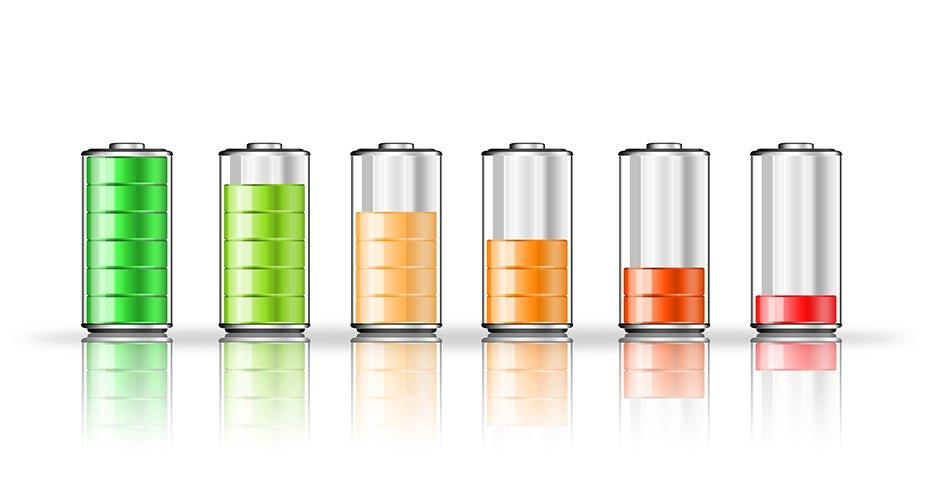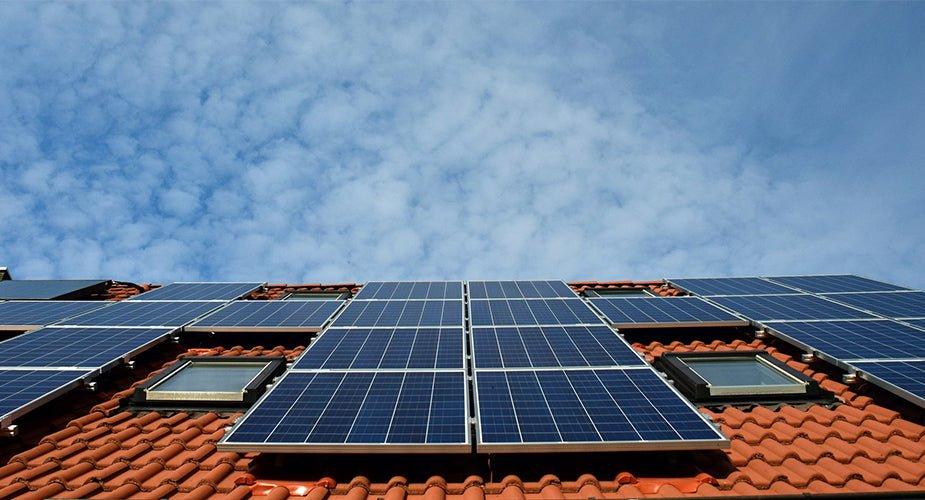What is a Watt Hour (Wh)? it is a unit of energy equivalent to one watt of power consumed for one hour of time. It is commonly used in household appliances and other electrical applications. It is also used to calculate battery capacity, battery life, and the estimated number of times a battery can recharge a device.
To find out the Wh of an appliance, the equation to use is voltage multiplied by the number of amps: (V x Ah = Wh)
What is a Watt Hour and Watt: What’s the difference?
Let’s start with an analogy first. When you turn on a TV, how much power is required to run it and how much energy does it consume over a period of let’s say 3 hours? The questions may feel like you are talking about the same thing when in fact, they are asking two different things: power (watt) and energy consumption (watt hour).
Watt is a unit of measurement of power. It measures the power needed in order for a device (in our example, it’s the TV) to function fully. On the other hand, watt-hour measures the amount of energy consumed by a device (again, the TV, in our example) over a specific period of time (three hours, in our example).
So what’s the answer to the questions then?
How much power is required to run the TV? There is no one universal answer here because it will depend on different factors such as the size of the tv and the type of screen used just to name a few. For example, a 32” LCD TV can generally run between 50 - 85 watts. If you look at a TV manual, it will provide you with the exact watts for that particular model unit. See more How Many Watts Does a TV Use
How much energy does a TV consume over a period of let’s say an hour? Now, let’s assume that the TV being referred to here is a 60W 32” LCD TV. To get the watt hours, the equation to use is (total number of watts) x (total number of hours) = watt-hours. So based on the information we have, that will be (60W) x (3h) = 180Wh. The total number of energy consumed by a 60W 32” LCD TV for 3 hours is 180Wh.
Watt Hour and Solar Power Systems
The solar power system industry is one of the industries that rely heavily in Watt-hour(Wh) when it comes to showcasing the capacity of their products. The higher the watt-hour the solar power system has, the bigger the battery capacity and the longer it can provide energy to electric appliances.
Nature’s Generator is one of the most trusted brands in the industry when it comes to top-of-the-line off-grid solar-powered generators. Its product line consists of backup power sources that cater to different power requirements and preferences.
Nature’s Generator Gold System is the starter option for those who are looking for a portable solar-powered generator they can use for emergency purposes or even for camping. It boasts a total output power of 1800W. It is powered by an AGM-sealed lead acid battery with a capacity of 720 watt hour (12V 60Ah).
The second in line is Nature’s Generator Elite Gold System. Think of it as the Gold system but twice the punch as it provides a total output power of 3600W. Also powered by an AGM-sealed lead acid battery with a capacity of 1200 watt-hour (12V 100Ah).
And finally, Powerhouse, Nature’s Generator whole house solar generator that provides a total output power of 7200W. And just like its brothers, it is powered by an AGM-sealed lead acid battery with a monstrous capacity of 4800 watt-hours (48V 100Ah).
If you’d like to know more about Nature’s Generator solar-powered systems, you may click here and we’ll be more than happy to assist you.
What is The Importance of Watt-Hours?
It is through watt hours that help people understand and identify the amount of power available in various objects like batteries. Watt hours are used to measure battery capacity, battery life, and the estimated number of times a battery can recharge a device before it gets drained. Let’s use Nature’s Generator Powerhouse as an example below.

Battery
Type: AGM Sealed Lead Acid
Capacity: 48V 100Ah (4800Wh)
In order to know how long the Powerhouse’s battery will last if you use it to run a LED TV (60W) nonstop, the equation you will use is watt-hour/watt = estimated number of hours the battery will last. Using the figures above, 4800Wh / 60W = 80+ hours. The reason behind the (+) sign is because it is just an estimated number and that the battery may even go a little beyond 80 hours.
The same process goes to the Blender which runs at 400W. 4800Wh / 400W = 12+ hours. However, for items such as the 220V Well Pump that runs at 2HP, you will have to convert the horsepower (HP) to watts first before applying the usual equation. 1HP is equivalent to 746W making 2HP equivalent to 1492W. 4800Wh / 1492W = 3+ hours.
Aside from knowing the solar power system battery capacity, watt-hour is very useful too in electrical objects such as a standard light bulb. Simply put, understanding the potential electrical power use of a device will give you an idea when it will need replacement. This information is also helpful when deciding whether an electrical item is better off replaced with a more energy-efficient variant to help you cut on energy consumption and save on electricity bills.
Final Thoughts
In our world today, more items, gadgets, and devices used at home and in the office require power or run on batteries. Understanding what is a watt hour will not only enhance your knowledge of how these devices work but also give you a significant advantage over those who are unaware. This understanding enables you to make better, informed choices regarding energy requirements and efficiency.
* We want to give credit where credit is due. Professional writer, Ann Matthew, contributed research and content to this blog titled: What is a Watt Hour? Thank you, Ann, for your contributions!













